Last year I put together a short little video compilation showing a bunch of video clips of various defects that we’ve captured during home inspections. I’ve received a lot of requests to explain what all of the items in the video clip are, but a lot of these items require long explanations. I’ve written a whole bunch of blog posts describing different issues in that video, and I think I’ve finally laid down enough track to explain everything in the video.
To start off, here’s the video clip:
Side note: if I were just a little bit smarter, I wouldn’t have started the video clip off with our then-current web site banner. We have new members on our team today, and one of our inspectors, a great guy name Greg Schmit, moved out to North Carolina. If you’re in North Carolina and you need a great home inspector, check him out: http://www.ashevillehomeinspections.net/
I created a bunch of still images from the video clip to go along with the commentary below.
1. Big drop in water flow
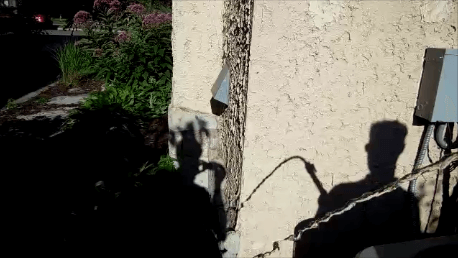
This clip clearly showed a problem with the water main for the home. When old houses in Minneapolis and Saint Paul have a lead or galvanized water supply pipe, the water pressure is typically fine, but there can be a big reduction in water flow. When water comes out of a pipe with normal flow for a split second but then the flow drops down, it typically indicates a problem with the water supply pipe for the home. I have more on that topic in the following blog post, along with a repeat of this video clip: Galvanized Steel Water Pipes, Testing Water Flow on Old Houses
2. Overflowing sink
We inspect houses from the top down. We fill bath tubs with water, then drain ’em. Same with kitchen sinks. This forces a big slug of water down the drain all at once, which will often reveal leaks that can’t be found with other methods. It’s also a great way to make sure everything drains properly. By the time we get to the basement, we sometimes find icky stuff in a basement sink or around the floor drain that may have backed up as a result of our testing. To confirm this, we’ll typically repeat our test.
We do this by going back upstairs, filling the kitchen sink (or tub, or whatever), pulling the drain on the sink, then running back downstairs to get another look at the sink / floor drain / standpipe in question. If the drains don’t function properly, the lower plumbing fixture can back up with water. This particular video clip shows a basement bathroom sink spewing water out of the overflow, which was the result of water draining from the kitchen sink into a clogged drain. The water had nowhere else to go but to back up out of the sink, and it overflowed.
Oh, and this should go without saying, but of course I cleaned up the mess. See the full clip here: https://youtu.be/Nf4eoGnd98g
3. Overflowing standpipe
Same as #2, but just an overflowing standpipe instead of an overflowing sink. This happened when we drained water from the kitchen sink.
4. Noisy drain
The purpose of a plumbing trap is to prevent sewer gas from coming into your home. When a plumbing fixture has a trap with water in it, you can’t hear other plumbing fixtures draining. When there is no water seal trap, it’s easy to hear other plumbing fixtures through the drain. That’s what was happening here. This either indicates no trap, or a dried out trap.
5. Undersized sump discharge line
This was an example of what not to do with a sump pump discharge line. Read the blog post here: http://www.structuretech1.com/2013/07/sump-system-defects/#potential-for-freezing
6. Backed up water at reverse osmosis spigot
When we tested the garbage disposer at the kitchen sink, it forced water to back up out of the air gap at the reverse osmosis spigot. Not a huge deal, but we recommended having the kitchen sink drain cleaned.
7. & 8. Water backing up at floor drains
Same as #2. These floor drains were backing up while we were draining water from other plumbing fixtures higher up.
9. Leaking humidifier
Pretty self-explanatory. This humidifier was leaking like crazy. I don’t like humidifiers to start with.
10. Shaky the Showerhead
The water line for the shower wasn’t secured inside the wall, so the pipe moved moved back and forth when the water was turned on and off.
11. Banging pipe
This was a video clip that I used for a blog post on water hammer.
12. Noisy faucet
I’m sure a high-school physics teacher could explain this one much better than I can, but every once in a while a faucet will make a loud noise when the valve is set “just so”. This one more so than others. I’m sure it has something to do with waves, harmonics, and vibration. That’s all I’ve got.
As far as I’m concerned, this is more of a novelty defect than anything else; replacing the shutoff valve or the faucet should fix this. Full clip here: https://youtu.be/kfw4T9McRBs
13. Tiled shower leak
I’m using a Protimeter Surveymaster moisture meter in the scan mode to identify a leaking tiled shower. As I get my moisture meter close to the shower, the indicator light turns red, indicating the subfloor is wet.
14. Wet ceiling identified
Here, I’m using a Protimeter Surveymaster moisture meter in scan mode to identify a wet ceiling, caused by a leak around a chimney. I used this video clip in a blog post about ceiling stains.
Side note: I’m a big fan of the Protimeter Surveymaster moisture meter. All of the inspectors in my company use this moisture meter.
15. Wet ceiling identified
Milind is using a Tramex Moisture Encounter Plus moisture meter to identify a wet ceiling.
Side note: this is a great moisture meter but it only has a scan mode, and it’s too big and boxy to carry around in a tool belt. For those reasons, I don’t recommend this tool to home inspectors. Get a Surveymaster.
16. Noisy sink drain
I used this video clip for a blog post on plumbing vents.
17. S-trap
This is an especially deep s-trap. I used this video clip in the blog post linked to above, and again in a blog post about s-traps.
18. Noisy heater
This baseboard heater made a loud buzzing noise when running.
19. Backdrafting water heater
As soon as I got my camera lens close to the water heater draft hood, backdrafting flue gases condensed on my camera lens, causing it to fog up for a second. I really like this video clip because there’s also a cobweb on the right side of the draft hood that’s blowing out from the backdrafting exhaust gases, making for a really nice visual. More on this topic here: Water heater backdrafting, part 1 of 2: why it matters and what to look for. Also, I used this video clip at the end of that post.
20. Rotted window frame
Self explanatory.
21. Rotted floor
There was chronic leaking at an exterior wall around a window, which had led to major rotting at the floor. When I push down on the floor, you can see and hear it crunch. Dontcha just cringe?
22. Rotted deck board
Self explanatory. Watch out for recently painted decks on homes for sale. This happens a lot with rotted decks.
23. Rotted subfloor to a tiled shower
There used to be a tiled shower here. It had been leaking very slowly for a long time, and the subfloor has rotted.
24. Rotted subfloor
This shows a rotted subfloor around a leaking patio door. Sometimes we get our clients to help us take videos.
25. Rotted wall sheathing behind vinyl siding
Pretty self explanatory. The balcony leaked like crazy and the wall sheathing below was rotted underneath the vinyl siding. See the full video clip here: https://youtu.be/hgG3MFzRj8c
Also, here’s a blog post with info on moisture testing vinyl siding, which gives some info about how we perform moisture testing on vinyl siding. For the record, this is not standard practice during a home inspection.
26. Rotted aluminum-clad window
Aluminum-clad wood windows are nasty when they fail. I made a short video during a home inspection showing how to check for rot at these types of windows. Here’s the clip: https://youtu.be/jtnRHD4ZY8g
27 – 31. Loose guardrails, good times
Self explanatory. Guards are supposed to resist 200 lbs.
32. Hanging post
Posts are supposed to hold stuff up. Not hang.
33. Loose chimney
34. Loose stairway
This stairway had settled a fair bit and wasn’t supported well at the bottom, making it fairly bouncy. I lifted it up to show how loose it was because my clients weren’t at the inspection, and a video is worth a thousand pictures. My recommendations was to install footings at the base of the stairway.
35 – 37. Garage door problems
38. Malfunctioning AC
39. Gas leak
40. Furnace won’t stay lit
The furnace fired up, then shut right back off. This happened repeatedly before the furnace would stay on.
41. LP gas to natural gas range
This was a range set up for natural gas, but the home had LP gas. LP gas has about twice the energy of natural gas, so the flames were much more ‘aggressive’. Besides having the wrong flame pattern, this is a serious safety issue. I once had a huge fireball shoot out of an oven during an inspection because of exactly this same setup. That was scary.
42. AFCI circuit breaker won’t reset
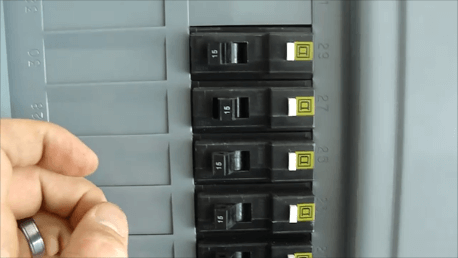
The biggest complaint that people have about AFCI circuit breakers is nuisance tripping. This circuit breaker was tripped and wouldn’t reset.
43. Buzzing GFCI
Sometimes, right before a GFCI device goes bad, it makes a buzzing noise when the test button is pushed. That’s what happened here. I was clowning around during this inspection and pretended to get electrocuted when pressing the test button, but the acting was so horrific that I just cut the video clip off. If you want to see a home inspector pretend to get shocked, watch Marko Vovk’s video: Fat Man Gets Electrocuted
44. Malfunctioning outlet
When I pressed my tester into the outlet, the lights went off and my tester gave a funny reading. I didn’t dig into this issue to figure out exactly what went wrong. I just told my client to get an electrician out to fix it. Something is very wrong.
45 & 46. Dampered air intakes
These were both air intakes with dampers on them. Dampers belong on exhausts, not intakes. A damper prevents an intake from… intaking. This was the result of one trade not talking to the other.
47. Springs on a window
Flipped houses are often interesting and fun. Someone replaced the sash cords at this window with springs.
Fun, right?
That makes 47. The last clip of me gliding past on a mechanic’s crawler was just a closing shot of what crawl spaces here in Minnesota sometimes look like. I’ve heard that crawl spaces in other parts of the country can be pretty nasty, but thankfully I wouldn’t know.
Sorry, Greg 😉


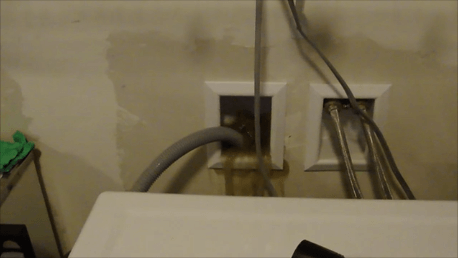
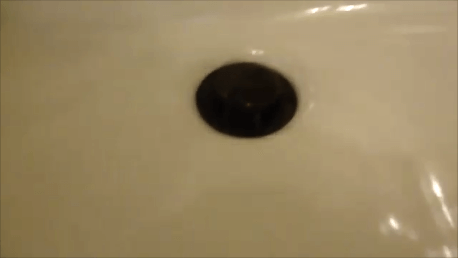
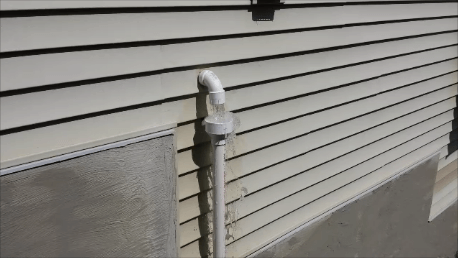
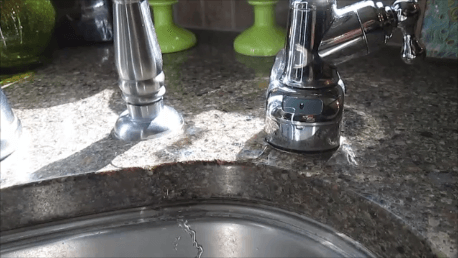
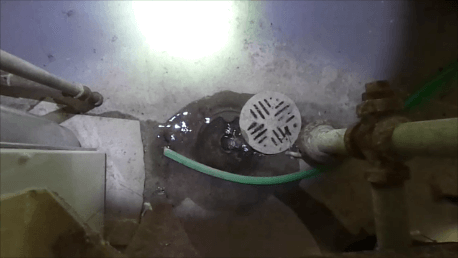
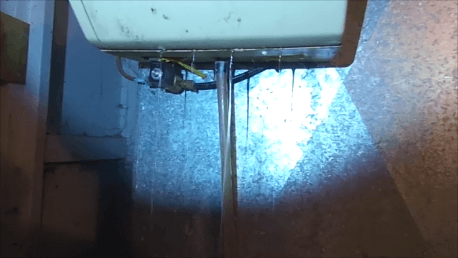
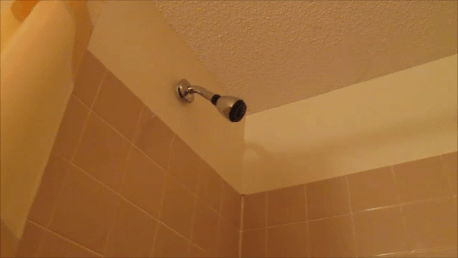
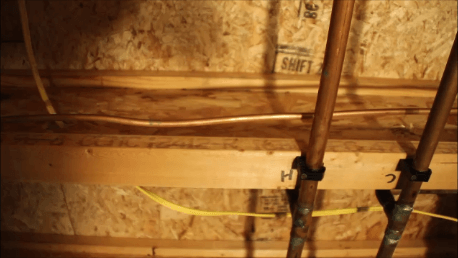
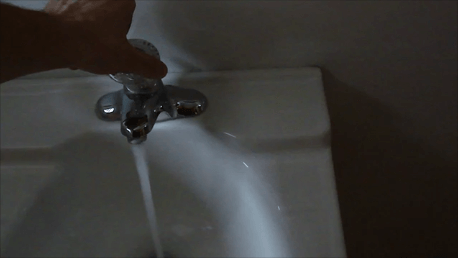
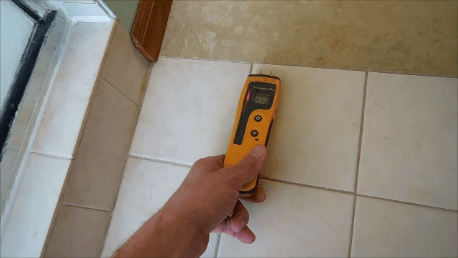
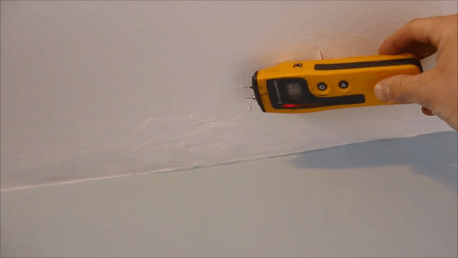
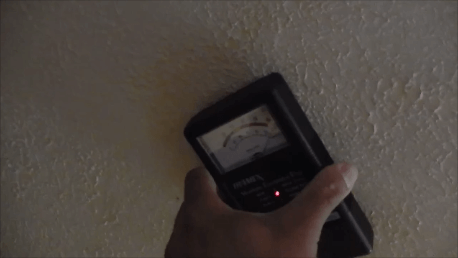
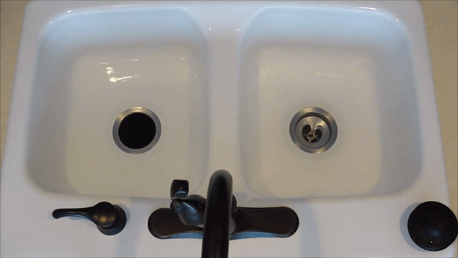
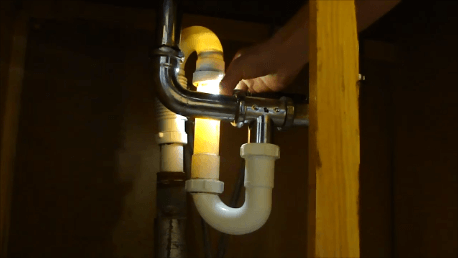
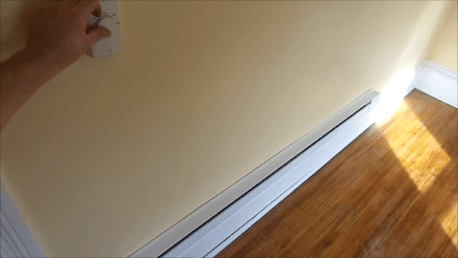
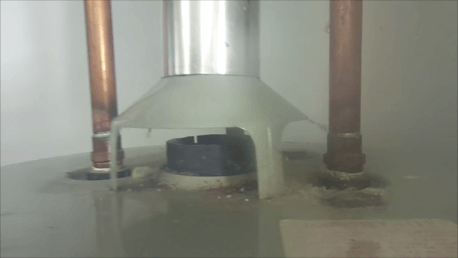
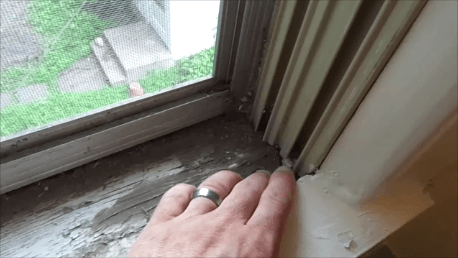
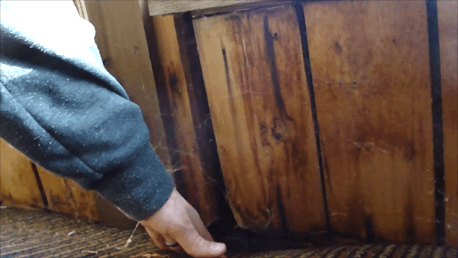
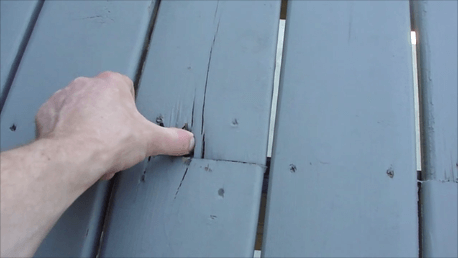
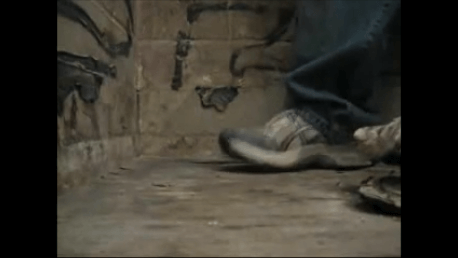
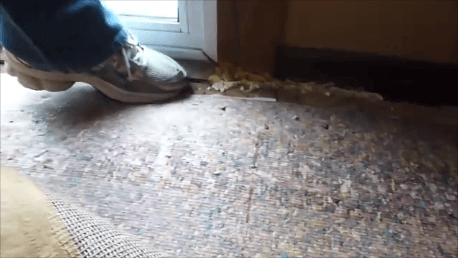
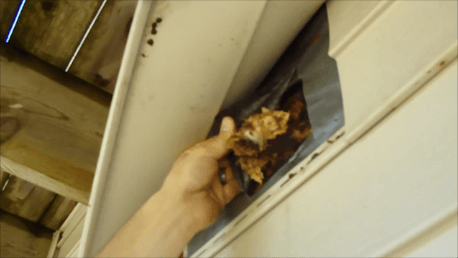
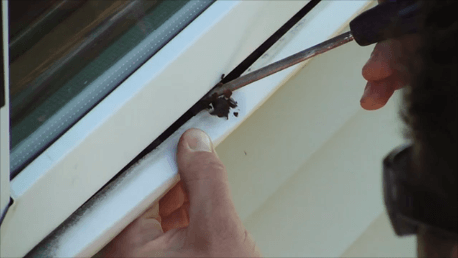
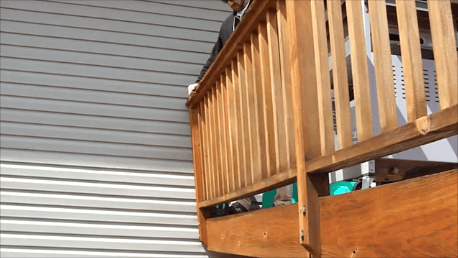
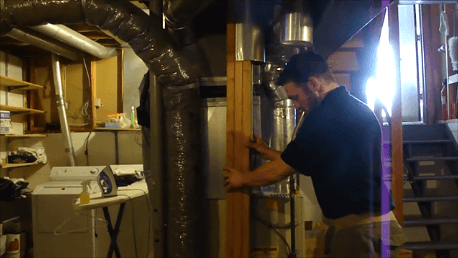
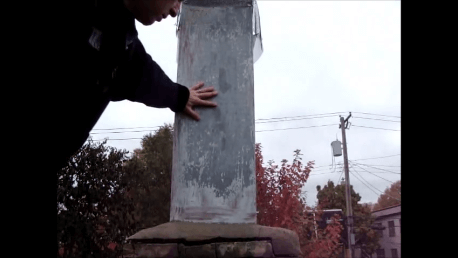
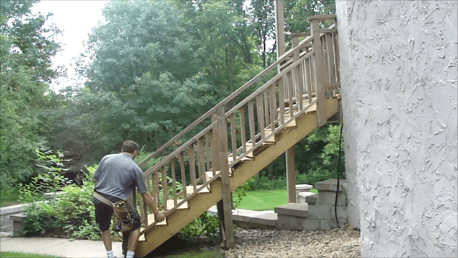
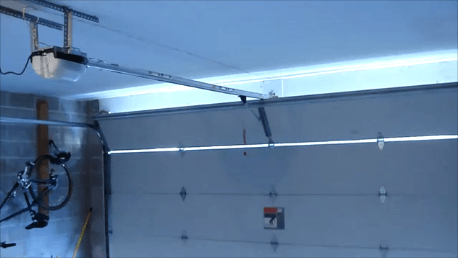
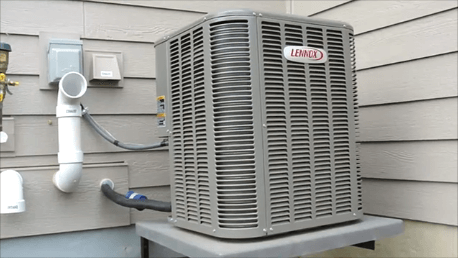
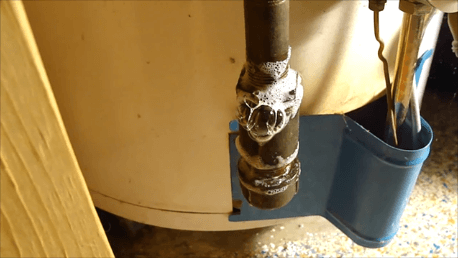
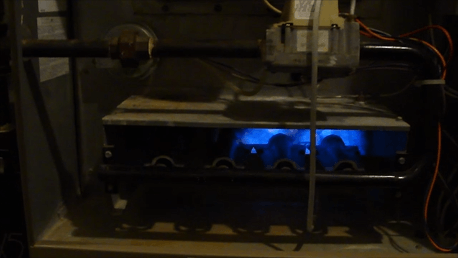
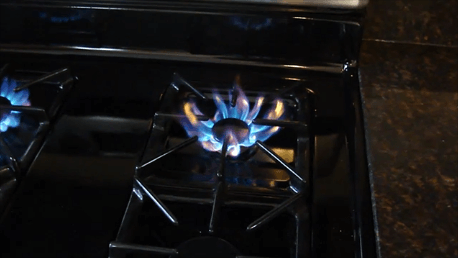
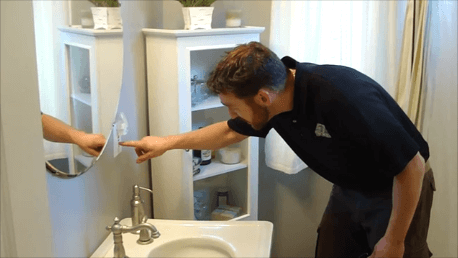
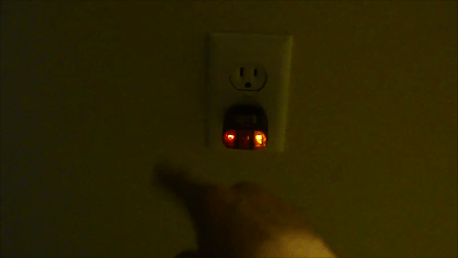
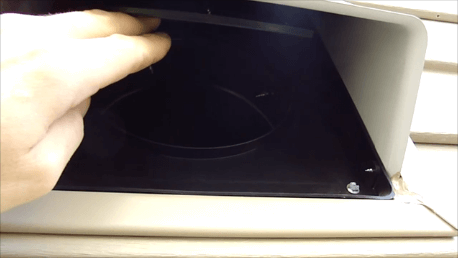
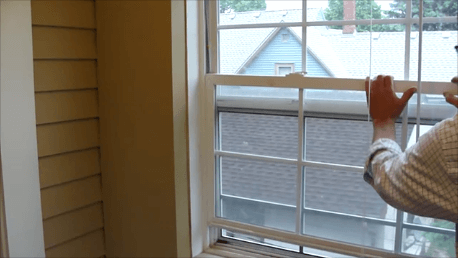

Marie
August 11, 2015, 9:44 pm
Many thanks for your time and etrffos to have had these things together on this blog. Jack and i also very much appreciated your suggestions through the articles in certain things. I understand that you have quite a few demands on your program and so the fact that a person like you took the maximum amount of time just like you did to steer people like us by this article is also highly prized.